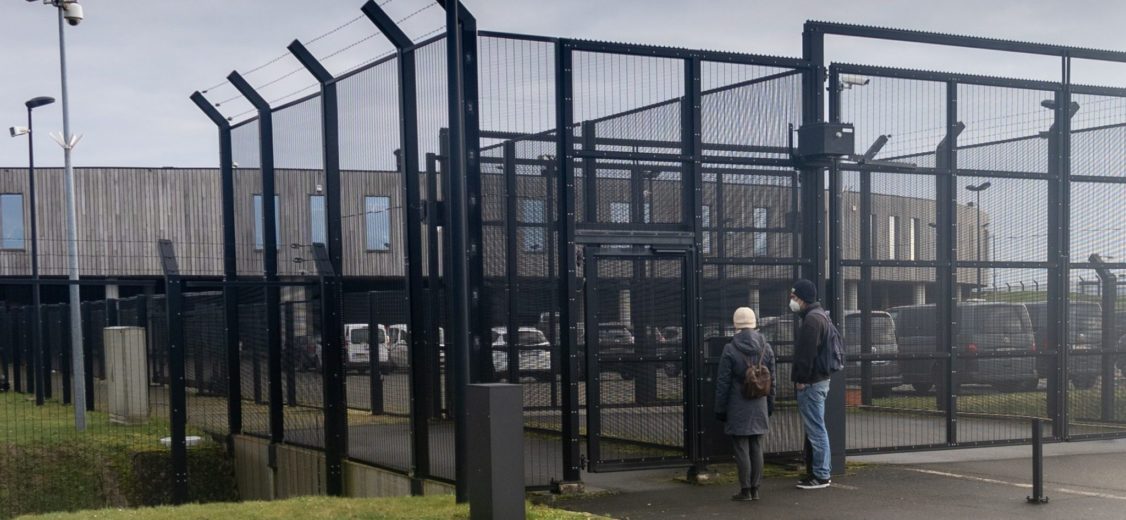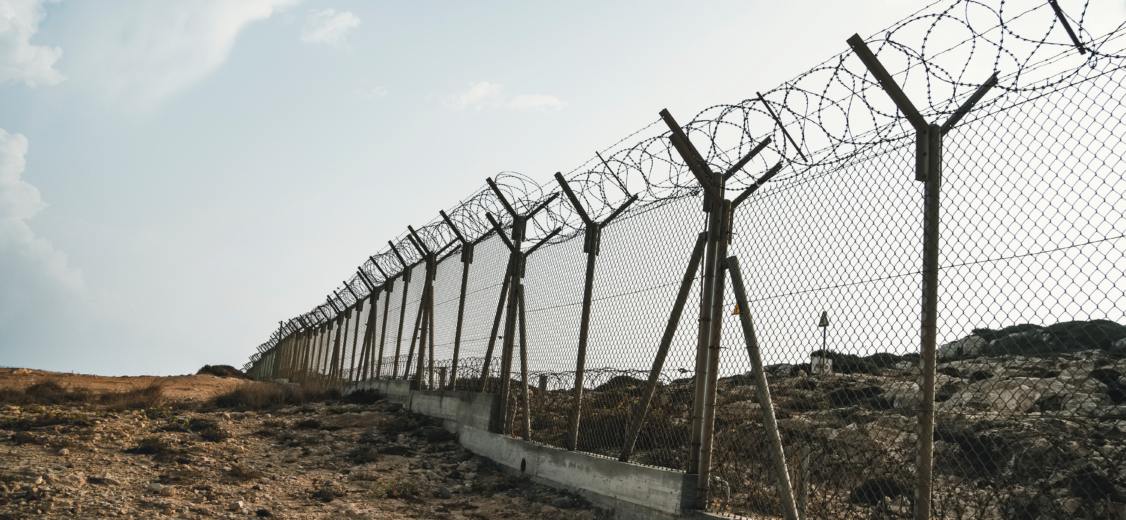The Jesuit Refugee Service Belgium recently released a new comprehensive report on the state of immigration detention in Belgium in 2021. This blog is based on an interview with Nicolas Wéry, Advocacy Officer at JRS Belgium, and author of the report.
Today, Belgium counts six immigration detention centres (centres fermés) that hold on average 6,000 to 8,000 people every year. The immigration detention system also includes five “return houses” (maisons de retour) for families with children. In both cases, the detention is intended to lead to the deportation of people in an irregular situation, and people stopped at the border, to a third country. But data show a different picture.
A punishment tool
Rather than being a tool to deport people, many in the civil society space see immigration detention as a punishment against people who are unable to get a residence permit . In this regard, JRS Belgium registers a certain proximity between immigration and criminal detention: a significant proportion of people who are held in immigration detention centres served a prison sentence, and were transferred to a closed centre at the end of it, de facto prolonging their detention. The punishment aspect becomes all the more visible when one considers that the immigration office can in principle return these people six months before their prison sentence ends: it is therefore doubtful that if the return did not happen within that period, it will happen while in immigration detention, in the absence of new elements.
“Effectiveness”
Despite the authorities touting detention as an effective tool to remove people from Belgium, data from the Immigration Office (Office des Etrangers) shows that it is not, as only just over a half of people in detention were actually deported in 2021. On the contrary, data shows that the longer people are held in detention, the lower the chances they will be deported.
In this framework, it is interesting to note who gets deported and for what reasons. Most of the returns concern Albanian nationals, who are more easily deported because Albania did not require negative COVID-19 tests to admit people to its territory, and the country easily accepts such returns arguably as a tool to ease its accession to the EU. Undocumented Albanians also appear to have less recourse to appeal procedures to counter detention and deportation. The data suggests that authorities target Albanian nationals precisely to ramp up deportation figures and strengthen their claim that immigration detention is a useful tool in migration management.
COVID-19
Despite leading to a reduced capacity of immigration detention centres in 2021, the COVID-19 pandemic made detention centres less accessible. JRS Belgium’s weekly visits were heavily disrupted throughout 2020, when they could not visit for four months, before regaining partial visiting access (one visitor instead of two). Throughout 2021, JRS Belgium did not have access to common spaces, which made it difficult to meet with new people in detention. Crucially, families and friends of people in detention also saw their visits restricted. Photo: (c) Kristien Vliegen, Immigration detention centre in Bruges, Belgium.
Photo: (c) Kristien Vliegen, Immigration detention centre in Bruges, Belgium.
COVID-19 also meant that legal principles that underlie immigration detention were stretched to their limits.
This was first visible for the legality of detention itself. In principle, a person can be held in immigration detention if there is a realistic possibility that they can be returned to a third country. If not, the person should be released. This was not the case, for instance, for many Moroccan nationals, who were kept in detention despite their return to Morocco was practically impossible since the country had closed its borders.
Another challenge concerned the length of the detention. As many countries required negative tests to enter their territory, some detainees refused to get tested for personal convictions or for fears over leaving their life behind. In such cases, the authorities considered the day of the refusal to get tested as the first day of detention, effectively resetting the counter to zero. With this practice, a person could be detained for multiple periods of time, up to 18 months, which is the maximum length set by the EU Returns Directive.
More immigration detention
The current government coalition reached a political agreement in April 2022 to build three new immigration detention centres, leading to some 500 more places. Long a part of past governments’ agendas, the project is expected to be realised in the next years.
JRS Belgium understands that this expansion of immigration detention is motivated by the authorities’ belief that more centres will lead to more removals. This discourse is present in many other EU countries, and is being promoted at the EU level by the 2020 EU Migration Pact’s focus on detention as a migration management tool. Photo: (c) Kristien Vliegen, Immigration detention centre in Merksplas, Belgium.
Photo: (c) Kristien Vliegen, Immigration detention centre in Merksplas, Belgium.
JRS Belgium has been monitoring immigration detention in the country for years, including through teams who visit the detention centres and talk to people in detention every week. Their latest report is based on material gathered during such visits, and includes official data from the Immigration Office (Office des Etrangers). A monitoring report of immigration detention in Belgium will be published every year.
JRS Belgium also runs the Plan Together pilot project on alternatives to detention, through which they assist undocumented people through their migration procedures.

